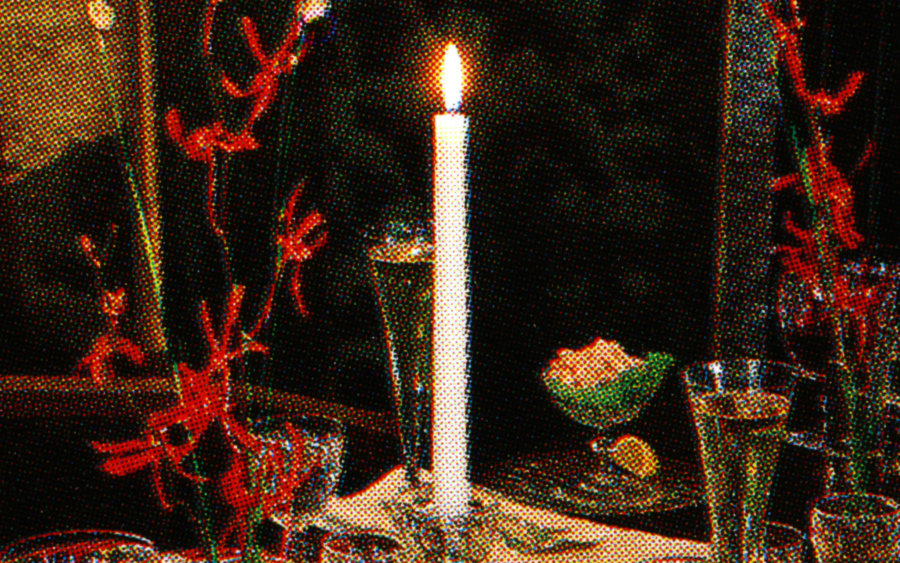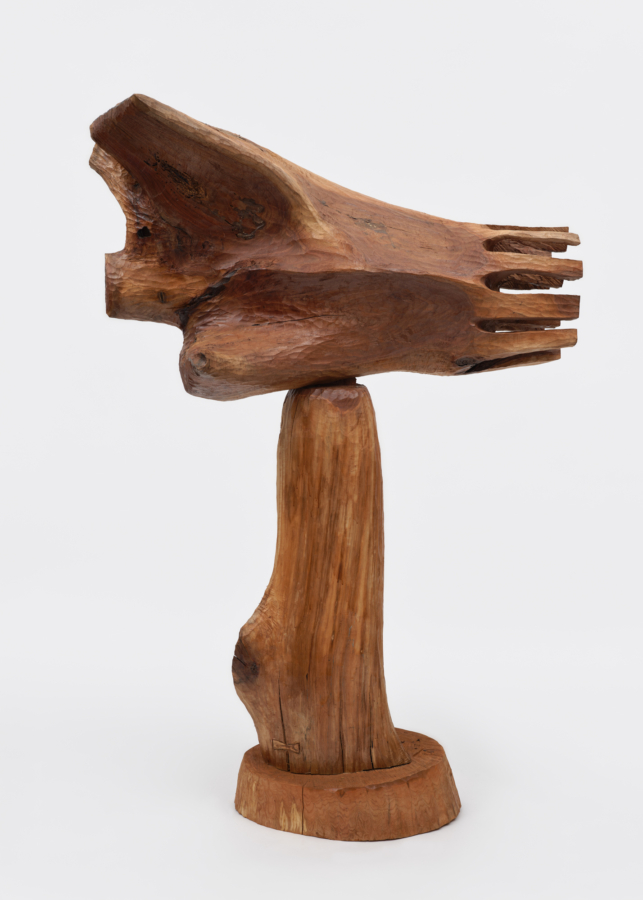Paul Mogensen
Paintings: 1965-2022
March 3–April 22, 2023
Opening reception: Friday, March 3, 6–8pm
Karma
188 & 172 East 2nd Street
New York
Paul Mogensen
Paintings: 1965-2022
March 3–April 22, 2023
Opening reception: Friday, March 3, 6–8pm
Karma
188 & 172 East 2nd Street
New York
Karma is pleased to present Paintings: 1965-2022, a survey exhibition of work by Paul Mogensen. The exhibition will take place at 188 and 172 East 2nd Street, New York, from March 3rd to April 22nd, 2023.
Paul Mogensen is a New York-based painter whose mathematical, progressional work resists categorization. Throughout his practice, the proportions of his forms, and of the canvases themselves, are predetermined by expanding sets of progressional sequences. If these sequences were not bound to the limits of a canvas, they would radiate outward infinitely. Mogensen’s treatment of color is elemental, quieting the subjective characteristics of paint by working in monochrome or in solitary applications of paint straight from the tube. For the majority of his career, Mogensen has elected to remove titles as well as dates from his pieces, allowing his geometric explorations to be seen without qualification.
Mogensen’s painting was developed through his training in mathematics and geometry, and born out of the influence of the Russian Constructivists like Kazimir Malevich, Vladimir Tatlin, and Alexander Rodchenko, who endeavored to create art from basic principles. While at the University of Southern California, Mogensen met David Novros, who would later introduce him to Brice Marden and Klaus Kertess. Kertess ran Bykert Gallery, where all three artists would later exhibit their work in the 1960s. Mogensen arrived in New York in 1965 for his first solo exhibition at Bykert with plans to create an ambitious series of sectional paintings, among them Copperopolis (1966).
One of the few pieces by Mogensen with a title, Copperopolis (1966) consists of sixteen parts fixed to a wall. The separate sections are unified with an even, smooth layer of vibrant monochrome, an effect Mogensen achieved using copper medium and a sprayer. The work derives its order from an arithmetic progression in which height and width are doubled. Beginning with the smallest square in the bottom right, the work progresses vertically and horizontally, with the space between the units equal to the height (in the vertical) or width (in the horizontal) of the previous unit, until it achieves the overall dimensions of eleven by eleven feet.
Mogensen never plans out his paintings on paper, explaining that “once you decide on the arithmetic and then you just make it, it makes itself.” The emphasis on such predetermined logic is furthered by his working in series, and through reduction and repetition, in which subtle changes can be observed with clarity and purpose. In Mogensen’s methodology, the phenomenological act of seeing is focused onto observable, measurable reality.
Sculptor Lynda Benglis describes Mogensen as “a painter with a philosopher’s disposition.” By employing all of the original painter’s tools, yet stripping away everything except what is measurable, he orients the viewer toward the real. From the constraints of geometry and unmixed color, Mogensen finds limitless possibilities in the realm of numbers and fixed formulas.
Paul Mogensen (b. 1941, Los Angeles) was presented with the 2019 Award in Art by the American Academy of Arts and Letters. His work is represented in the collections of major museums in the U.S. and abroad, including Kunstmuseum Winterthur, Switzerland; Hammer Museum, Los Angeles, California; Walker Art Center, Minneapolis, Minnesota; Fogg Museum, Cambridge, Massachusetts; High Museum of Art, Atlanta, Georgia; The Menil Collection, Houston, Texas; Museum of Fine Arts, Houston, Texas; Museum of Modern Art, New York; New York Public Library, New York; Wadsworth Atheneum Museum of Art, Hartford, Connecticut; and the Yale University Art Gallery, New Haven, Connecticut.



